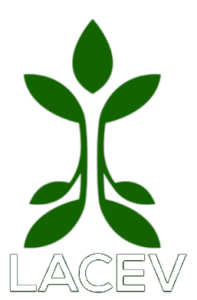TITLE
Detection of Different Hosts From a Distance Alters the Behaviour and Bioelectrical Activity of Cuscuta racemosa
ABSTRACT
In our study, we investigated some physiological and ecological aspects of the life of Cuscuta racemosa Mart. (Convolvulaceae) plants with the hypothesis that they recognise different hosts at a distance from them, and they change their survival strategy depending on what they detect. We also hypothesised that, as an attempt of prolonging their survival through photosynthesis, the synthesis of chlorophylls (a phenomenon not completely explained in these parasitic plants) would be increased if the plants don’t detect a host. We quantified the pigments related to photosynthesis in different treatments and employed techniques such as electrophysiological time series recording, analyses of the complexity of the obtained signals, and machine learning classification to test our hypotheses. The results demonstrate that the absence of a host increases the amounts of chlorophyll a, chlorophyll b, and β-carotene in these plants, and the content varied depending on the host presented. Besides, the electrical signalling of dodders changes according to the species of host perceived in patterns detectable by machine learning techniques, suggesting that they recognise from a distance different host species. Our results indicate that electrical signalling might underpin important processes such as foraging in plants. Finally, we found evidence for a likely process of attention in the dodders toward the host plants. This is probably to be the first empirical evidence for attention in plants and has important implications on plant cognition studies.
AUTHOR
- Pós-doutoranda no PPG Fisiologia Vegetal - UFPEL
- Graduando de Ciências Biológicas Bacharelado - UFPel
- Físico, Doutorando no PPG Fisiologia Vegetal - Ufpel
André Parise Geremia, Gabriela Reissig Niemeyer, Luis Basso Felipe, Luiz Senko Gustavo Schultz, Thiago Oliveira Francisco de Carvalho, Gabriel de Toledo Ricardo Aguilera, Arlan Ferreira Silva, Gustavo Souza Maia
JOURNAL
- DOI
- 10.3389/fpls.2021.594195
- ISSN
- 1664-462X
URLS
https://www.frontiersin.org/article/10.3389/fpls.2021.594195





